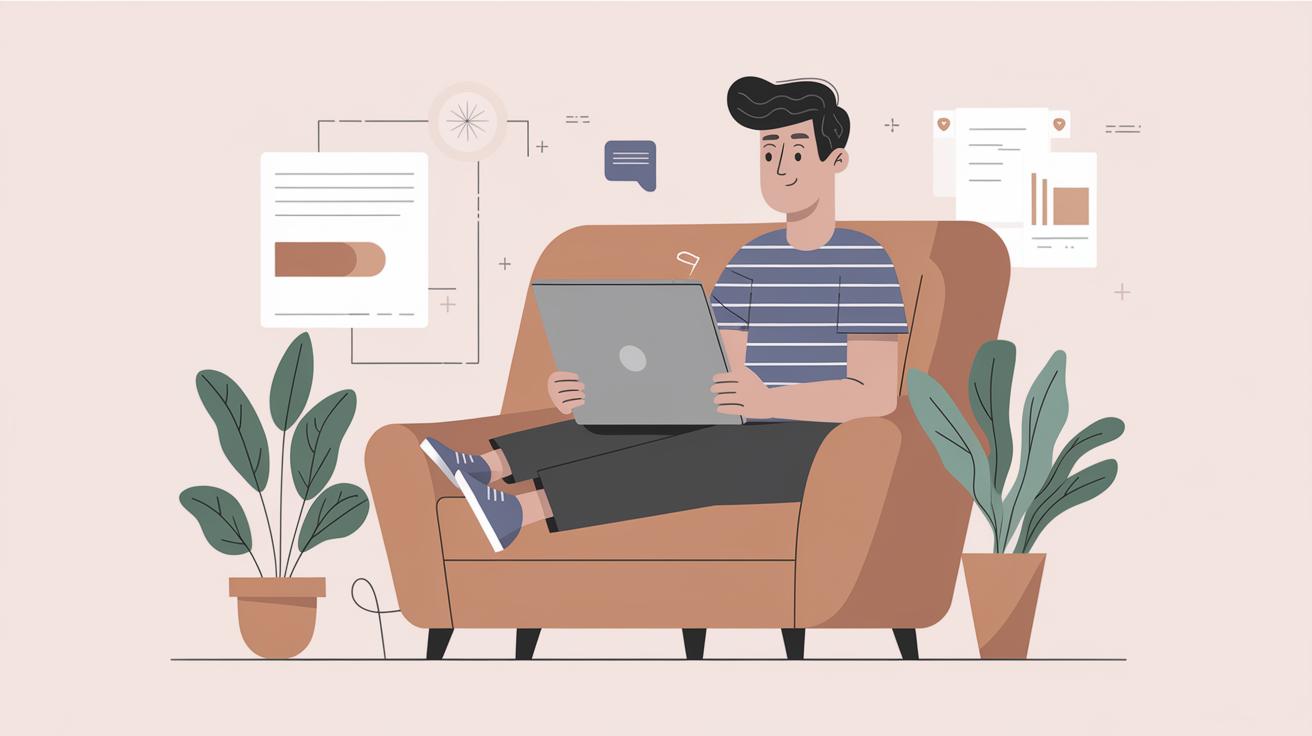Average Screen Time for Adults
The digital age has seen a rapid escalation in the average screen time for adults, raising concerns about its impact on mental and physical health. With screens becoming integral to both professional and personal lives, managing screen time effectively is essential. This post explores five crucial strategies: limiting social media to 30-60 minutes daily, spending three to four hours without screens, cutting off screen use an hour before bedtime, taking breaks for eye health, and setting even stricter limits for parents. By adopting these practices, individuals can enhance their overall well-being, ensure better sleep, and foster healthier relationships with technology. These steps provide a balanced approach, promoting mindfulness in screen use while preserving the benefits of digital connectivity.
Limit social media to 30-60 minutes per day for better mental health.
In an era where social media pervades daily life, setting limits is crucial to maintaining mental health. Studies have shown that excessive social media usage contributes to anxiety, depression, and feelings of isolation. By consciously restricting social media engagement to 30-60 minutes each day, individuals can reduce these negative effects, improve focus, and enhance real-world interactions.
While staying connected is important, it is equally essential to cultivate offline relationships and hobbies. A purposeful approach toward social media can lead to more meaningful connections rather than an endless scroll through superficial content. Monitoring screen time on social media platforms not only supports mental health but also encourages a more balanced lifestyle.
Spend three to four hours daily without any screens.
Allocating a screen-free block of time each day fosters creativity and reduces digital fatigue. As screens dominate work and leisure activities, dedicating three to four hours to non-digital pursuits can offer a refreshing mental break. Engaging in exercises, reading physical books, or pursuing hobbies provides a necessary respite from the incessant digital noise.
This practice of disconnecting allows the mind to recharge and can significantly boost productivity and satisfaction. Evidence suggests that extended screen-free periods contribute to improved concentration, enhanced mood, and lowered stress levels. Encouraging such daily habits can yield long-term physical and psychological benefits.
Stop using screens at least an hour before bedtime for better sleep.
Sleep quality is deeply affected by nighttime screen use. The blue light emitted by phones, tablets, and computers can interfere with the body’s natural sleep-wake cycle, making it harder to fall asleep. Ceasing screen usage at least one hour before bed helps signal the brain to wind down, setting the stage for restful slumber.
Instead of relying on screens before bedtime, engaging in calming activities like reading, meditating, or writing a journal promotes relaxation. Adopting this practice can lead to more restorative sleep and improved daytime alertness, thereby influencing overall health and well-being positively.
Take a break every 20 minutes for eye health.
The 20-20-20 rule is a simple yet effective strategy aimed at reducing eye strain associated with prolonged screen time. For every 20 minutes spent on a screen, taking a 20-second break to look at something 20 feet away can alleviate discomfort caused by continuous screen exposure.
Sustained focus on screens leads to digital eye strain symptoms, including dry eyes, headaches, and blurred vision. By integrating regular breaks, individuals can maintain eye health and reduce the risk of chronic discomfort. Encouraging workplaces to adopt the 20-20-20 rule can support employee well-being and productivity.
Set even lower limits for yourself if you’re a parent.
Parents serve as role models for digital habits, making it important to exercise caution with their own screen time. By setting lower limits, parents can guide children towards healthier digital practices. Demonstrating balanced tech usage can offer families a shared commitment to improved screen-time management.
Parental influence plays a crucial role in a child’s screen-related behaviors, and establishing clear boundaries can help children learn the importance of moderation. Promoting offline family activities and introducing screen-free zones at home are effective strategies to instill positive digital habits and foster stronger family connections.
Summary of main points
| Strategy | Description |
|---|---|
| Limit Social Media | Restrict usage to 30-60 minutes daily to boost mental health and focus. |
| Screen-Free Hours | Dedicate 3-4 hours daily to non-digital activities to improve creativity and mood. |
| Avoid Screens Before Bed | Cease use an hour before bedtime to enhance sleep quality. |
| Eye Health Breaks | Adopt the 20-20-20 rule for regular breaks to prevent eye strain. |
| Lower Limits for Parents | Model balanced screen use to guide children in developing healthy habits. |


